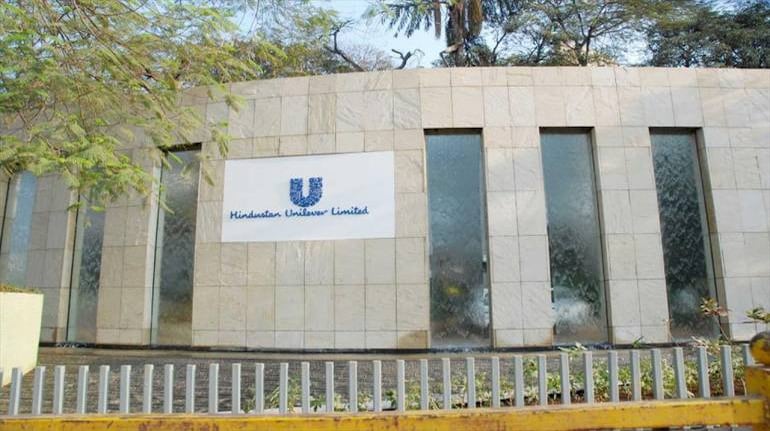



Inflation, a constant worry for FMCG companies since the onset of the pandemic, will continue unabated for the next two quarters and will moderate only in the second half of the calendar year 2022, indicated Hindustan Unilever’s (HUL) top management during a virtual media briefing on January 20.
“We are seeing unprecedented inflation; something we have not seen for at least last 30 years. And this is not demand-led but supply-led because of disruptions across the world. I believe, that hopefully in the second half of the year, we should see some moderation in inflation,” said Sanjiv Mehta, chairman and managing director, HUL addressing a post-earnings media briefing.
The company’s chief financial officer Ritesh Tiwari too chimed in and said the company expects a further rise in inflation in the March quarter.
“In the near term, the operating environment looks challenging, and we expect to see sequentially more inflation in the March quarter as compared to the December quarter,” he added.
FMCG companies are grappling with the rise in prices of several key commodities such as palm oil, and crude-linked derivatives for several quarters now. Despite taking price hikes of several rounds, the companies have been unable to pass on the increased costs to consumers given the quantum of inflation and fearing an impact on demand. This in turn has dented their margins.
HUL has also taken several rounds of price hikes. The company increased the prices of its soaps and detergents by 3-20 percent earlier this month, after taking a 1-33 percent increase across the product portfolio in November.
According to HUL’s management, the company’s raw material costs are up by 30 percent as compared to FY20, most of which is on account of commodities such as palm oil and crude-linked derivatives. Palm oil is a key raw material for soaps, while crude-linked derivatives are essential for detergents and packaging material.
“About two-thirds of our business is exposed to these commodities,” said Tiwari.
HUL houses soap brands such as Lux, Dove, Rexona, Lifebuoy, Liril, Pears and detergent brands such as Surf Excel and Rin.
Rural slowdown a drag
A tepid rural demand has further complicated matters for FMCG companies. While rural demand remained resilient with the onset of the pandemic and even during the second wave, the second quarter of FY22 witnessed a downturn.
CMD Mehta flagged off the rural slowdown while reporting second-quarter results in October. “Rural demand in the past few quarters has been resilient thanks to government initiatives such as higher spending on the Mahatma Gandhi National Rural Employment Guarantee Scheme (MGNREGS), food subsidies, direct cash transfers to farmers, and a “decent harvest,” Mehta had said then.
“Now, as mobility improves and urban markets see a pickup, rural centres, though they are still growing, their growth rates have moderated,” he added.
The demand scenario in rural areas, indicated HUL’s management, further weakened in the quarter gone by.
“Though the headline value growth is still there in rural India, the volumes growth has turned negative,” said Mehta, while addressing the media briefing.
While the company is unable to introduce price hikes in rural India, given the unsupportive demand scenario, it has reduced the grammage of its low-unit products (LUPs), resulting in a drop in its sales volume.
“Almost 30 percent of our business comes from packs that operate at magic price points of Rs 1, Rs 5, and 10. In these packs instead of increasing pricing, we reduce grammage; as a result, the same number of units sold leads to volume decline and this has an impact on our volumes,” said Tiwary.
HUL reported volume growth of 2 percent in the third quarter-ended December as compared to 4 percent growth registered in the second quarter.
CMD Mehta called for government interventions such as increasing the outlay under MGNREGS for the recovery of the rural economy and demand regeneration.
HUL on January 20 reported about a 17 percent year-on-year jump in its Q3 net profit to Rs 2,243 crore as compared to Rs 1,921 crore reported in the corresponding period last year. The company’s total income during the period climbed by over 10 percent to Rs 13,183 crore as compared to Rs 11,959 crore in the December quarter last year.
Discover the latest Business News, Sensex, and Nifty updates. Obtain Personal Finance insights, tax queries, and expert opinions on Moneycontrol or download the Moneycontrol App to stay updated!
Find the best of Al News in one place, specially curated for you every weekend.
Stay on top of the latest tech trends and biggest startup news.